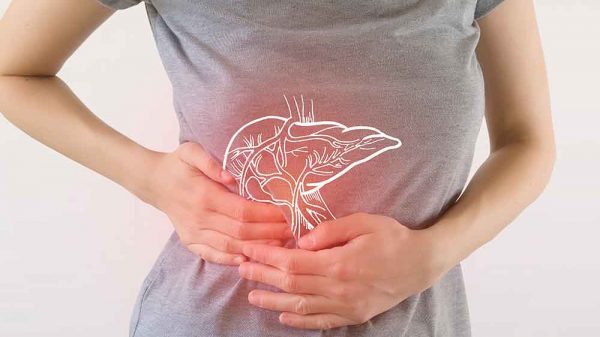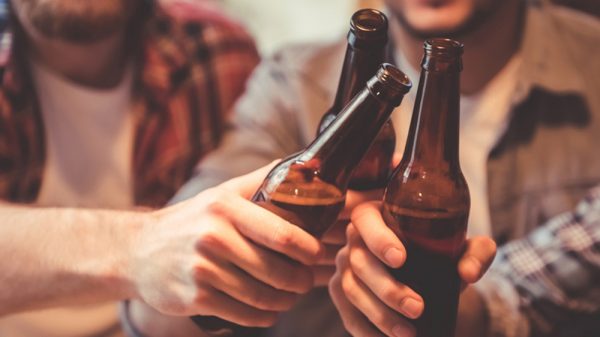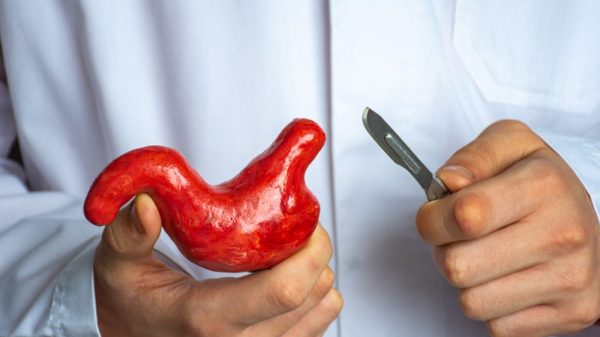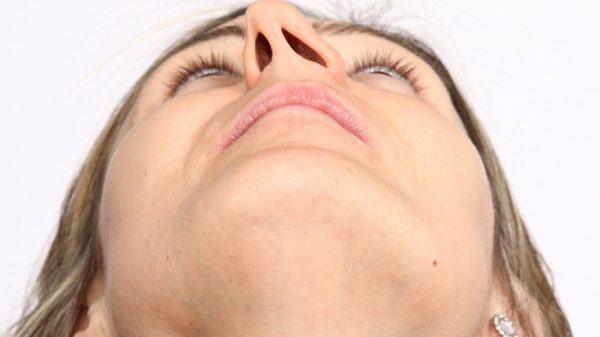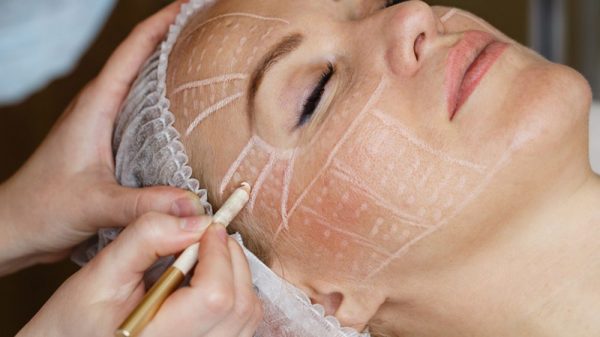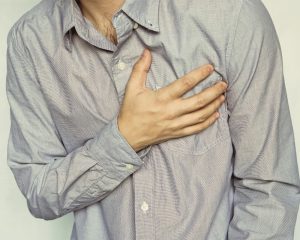If you’ve undergone a mastectomy, you may be considering some type of breast reconstruction. There are several types of breast reconstruction surgeries that are options after having a mastectomy. The DIEP flap surgery is one that may be the best for your specific circumstances.
Here we go over everything you need to know about DIEP flap, including what the surgery entails, what to expect, and steps you can take at home for DIEP flap surgery recovery.
What Does the Procedure Entail?
Before we get into tips for recovering from the DIEP flap procedure, it’s helpful to first discuss what the DIEP flap procedure is, in the first place.
The acronym DIEP stands for deep inferior epigastric perforators, which describes an area of the abdomen from which a flap of skin is taken to perform the DIEP procedure. The DIEP procedure is a plastic surgery procedure that entails reconstructing a breast following a mastectomy. A mastectomy is the complete removal of one or both breasts. A woman normally undergoes a mastectomy after a diagnosis of breast cancer. Depending on the form of cancer, removal of the breast tumor may be sufficient for some cases, while a mastectomy may be recommended for others.
When you undergo the DIEP surgery, your own skin will serve as the donor tissue. During the DIEP procedure, a flap of skin tissue is removed from the lower abdomen, also known as the stomach or the belly. The flap includes skin tissue, fat, and blood vessels and is placed on the chest area to form a breast. The surgeon who performs the DIEP procedure is specially trained in conducting this procedure and creating a breast that looks realistic and feels very comfortable. When the abdominal tissue is re-positioned in the chest area, it is reconnected to chest blood vessels, so that it receives blood and nutrients.
How Does the DIEP Flap Surgery Differ from the TRAM Flap Surgery?
Though the DIEP flap surgery and the TRAM flap surgery are designed to reconstruct one or both breasts following a mastectomy, the two procedures differ in several ways. The TRAM (transverse rectus abdominis myocutaneous) flap procedure requires removing a flap of tissue from the abdomen that includes not only the skin, but also muscle tissue. As a result, the TRAM flap surgery often results in a decrease in core strength due to the removal of abdominal muscles.
Benefits of the DIEP Flap Surgery
For some patients, the DIEP flap procedure may be preferable to other reconstructive surgeries, such as the TRAM flap procedure or breast implants.
1. Faster Recovery Time
Especially in comparison to the TRAM flap, the DIEP flap requires less recovery time. This is because the TRAM flap not only removes and displaces the layers of skin and fat, but also the muscle. This means that more tissue must adapt to the new implant site and recover. The abdominal area also must recover, since the incision has also removed a section of muscle as well as skin and fat.
2. Maintains Abdominal Muscles
The DIEP flap only removes skin tissue and fat from the abdomen, leaving abdominal muscles intact. This means that you will be able to use your core strength more readily for a variety of activities, even tasks as simple as getting out of bed.
3. Lower Risk of Herniation
With the abdominal muscles left intact, your core strength will be unchanged. Having a strong wall of muscle helps prevent herniation, which is the protrusion of organs like the intestine through the abdominal wall. This means that a DIEP flap is associated with fewer herniations, while the TRAM flap is associated with more herniations
4. No Implant-Related Risks
When implants are used to replace breast tissue following a mastectomy, the result is often a breast that looks and feels unnatural. Plus, certain risks are associated with breast implants. In particular, silicone implants have been associated with risks related to rupturing. Additionally, if you require any further radiation or other cancer treatments following a mastectomy, implants may get in the way of these treatments.
5. More Natural-Looking Breasts
From an aesthetic perspective, the DIEP reconstruction offers results that are very comparable to your natural breast. Many women prefer DIEP flap breast reconstruction following a mastectomy since the reconstructed breast is created using their own tissue and doesn’t include any foreign bodies like implants.
6. Bonus Tummy Tuck
The DIEP flap reconstruction surgery requires taking tissue from the abdominal area below the belly button. The removal of abdominal skin yields results that are similar to that of abdominoplasty, more colloquially known as a tummy tuck. If you happen to have a little bit of extra tissue around the belly, not only do you come out of surgery with a reconstructed breast, but also a more svelte-looking figure.
Lacking extra skin in the belly area? Not a problem. Plastic surgeons can perform what is known as the stacked flap procedure. During a stacked DIEP flap procedure, surgeons will remove a smaller flap of skin from the abdominal area. When using it to reshape the breast, surgeons will fold the tissue to create a breast that is properly sized to fit your body. In some cases, the surgeon may need to take tissue from another part of your body, such as the thighs or back, to reconstruct your breast. Alternatively, the surgeon may put a tissue expander in place to increase the amount of tissue available for breast reconstruction. This will all be discussed prior to your surgery.
What Does DIEP Flap Recovery Look Like?
After your DIEP flap surgery, you will stay in the hospital for a few days so that nurses and doctors can monitor your progress. During your stay in the hospital, health care workers will make sure that you are healing sufficiently and that you aren’t showing any signs of complications. A physical therapist and occupational therapist may also guide you on ways to adjust your daily routine while you are healing.
How long will it take to recovery from DIEP flap surgery? Most patients will find that it will take about 4-6 weeks to heal from a DIEP flap procedure.
What would complications look like? As is the case with all surgeries, the DIEP flap procedure may rarely cause certain complications following surgery. Such complications may include:
- Blood clots: Lying inclined on the surgical table, combined with restricted movement after surgery, increases the risk of blood pooling in the legs and forming clots.
- Infection: Making incisions in the skin leaves tissues exposed to oxygen and airborne particles, which increases the risk of developing an infection.
- Necrosis: This term is a fancy word for tissue death. Necrosis occurs if the displaced flap of tissue doesn’t receive adequate blood supply, and therefore misses out on vital nutrients and oxygen. As a result, the tissue will begin to die and turn dark blue or black. In most cases, necrosis occurs early after surgery and will be detected and corrected before you are discharged from the hospital to continue your recovery at home.
Your Guide to DIEP Flap Surgery Recovery
As soon as the DIEP flap surgical procedure is concluded, the recovery process begins. Here are a few helpful tips for supporting your recovery after surgery.
1. Walk Around as Soon as You Can
As soon as you are cleared by your surgeon, it is a good idea to gently walk or move around following your surgery. In particular, it’s important to move around the lower extremities to prevent blood from pooling and congealing. With a lack of movement, blood can create blood clots that can travel through blood vessels to create blockages, which can be life-threatening.
Gently flexing your feet or walking around ensures that blood flow is adequate. Keeping the blood flowing helps prevent it from pooling and forming clots.
2. Avoid Lifting Anything Heavy
Lifting things – even things that only weigh 5 pounds – can jeopardize fast wound healing. Avoid lifting carrying anything too heavy, since muscle and skin can be stretched, which can risk tearing the sutures at the surgical site.
3. Avoid Vigorous Exercise
This goes hand-in-hand with #2. While gently walking is healthy as long as you’re cleared by your surgeon, It’s important to avoid straining your body too much when you are recovering from surgery. Not only does strenuous exercise increase your risk of injuring the surgical site, but it also requires a significant amount of energy and resources. Excessive use of energy can essentially distract your body from its most important task, which is repairing your skin and muscle following surgery. To support a speedy and successful recovery, save vigorous exercise for after you’ve fully recovered.
4. Move Arms Extremely Carefully
The skin on the arms is connected to the chest. Maneuvering your arms, shoulders, and hands too much can pull the skin around your chest area, which can compromise the sutures and increase the risk of infection. Your physical therapist will likely advise that you will not be able to reach your arms over your head or behind your back for a couple of weeks or so. This will likely make everyday activities challenging for a little while. Ask your doctor about connecting with an occupational therapist to make it easier to do activities like getting out of bed and putting on clothes, without injuring yourself.
5. Get Plenty of Rest
Resting and sleep are vital for facilitating recovery. Though we may feel like we’re resting while we sleep, the body is actually hard at work repairing damaged tissues. While we are asleep, the body’s energy and resources are channeled towards repairing damaged cells and tissues, instead of carrying out daily functions.
So, if you do not feel as energetic as usual, know that this is completely normal! Your body needs extra time and energy to recuperate. To support your body through recovery, listen to your body and rest whenever needed. It will be necessary to take at least a couple of weeks off from work.
6. Ask for Help
For the first week following surgery, it will be very helpful to have a family member or friend around to help with the tasks of daily life. For example, you may benefit from having your family and friends help out with childcare, preparing meals, driving you to any appointments, running errands, and anything else you might need. It’s important that the week following surgery is as stress-free as possible, to alleviate any worries you have so you can focus on healing.
7. Eating a Healthy Diet
Eating healthy foods is vital to the healing process, regardless of the type of surgery you are recovering from.
Let’s take a look at the foods you should eat and avoid if you are recovering from a DIEP flap surgery.
What to Eat After Surgery
- Fruits and vegetables: Fruits and veggies are vital for recovery because they are packed with antioxidants, vitamins, and minerals. These micronutrients strengthen the immune system, suppress systemic inflammation, and repair cells from oxidative damage, which is exactly what your body needs to quickly and successfully recover from surgery.
- High-quality protein: Protein is always a crucial part of your diet, but it is even more important when you are recovering from a surgical procedure. Protein is made up of essential amino acids, which are often called the building blocks of protein. Optimal ratios of essential amino acids are required on a daily basis to build hormones, neurotransmitters, and enzymes. When recovering from surgery, essential amino acids are particularly crucial because of their role in rebuilding connective tissues and facilitating muscle growth. Following a DIEP surgery, your body utilizes essential amino acids to help repair any damaged tissue in the abdominal area, while also healing the tissues used to reconstruct your new breast.
- Whole grains: Whole grains are packed with fiber, vitamins, minerals, and antioxidants that help facilitate recovery after surgery. In particular, the fiber from whole grains can keep your digestive system healthy and reduce inflammation following surgery. Furthermore, the fiber in whole grains can help fight against constipation that may result from the use of pain medications.
- Water: In addition to eating healthy foods, staying hydrated will also facilitate your recovery. Drinking plenty of water is crucial for keeping your blood volume up, which allows vitamins and minerals to circulate through the body, reaching your surgical wound. Staying hydrated also helps combat weakness and fatigue that is common through recovery.
What to Avoid After Surgery
Though we’ve discussed a lot of foods to eat during your recovery, it’s also crucial to know what foods to avoid. Steer clear of the following foods after your DIEP flap procedure:
- Added sugar: Added sugar is a sugar that has undergone an industrial process to isolate it from its original source, like brown rice or fruit. This isolated form of sugar is then added back into other foods. When we consume added sugar, the body nearly instantly converts the added sugar into glucose molecules, which are then released into the bloodstream and spike blood sugar. These high levels of blood glucose mean that sugar is circulating throughout the body and throughout all organ systems. The exposure of different tissues to sugar increases inflammation and slows down healing time. When recovering from DIEP flap surgery, aim to reduce the amount of added sugars that you are consuming. To keep added sugars at a minimum in your diet, avoid products like candy, cookies, soft drinks, juice, granola bars, cakes, and sugary breakfast cereal. Sometimes, there is even added sugar in foods like bread, salad dressing, and other sauces. Always be sure to check the ingredients label before purchasing a food item.
- Refined grains: The body handles refined grains in much the same way that it handles added sugars. To make refined grains, whole grains are put through an industrial process to remove the nutrient-dense hull, leaving the starchy interior behind. When the hull is discarded and the starch is consumed on its own, the body breaks down the refined starch very quickly. This results in glucose molecules being rapidly released into the bloodstream, causing a spike in blood glucose levels that are also observed after consuming added sugars. Similarly, eating refined grains causes inflammation throughout the body, and it’s best to avoid eating refined grains to expedite healing time following your DIEP flap procedure. Steer clear of white rice, white pasta, chips, crackers, and anything made with white flour.
- Saturated fat: Saturated fat is another inflammatory compound found in many animal foods. Consuming lots of saturated fat results in systemic inflammation that can be hard on the body and elongate healing times. Plus, over time, the consumption of saturated fat impacts normal insulin function, increases cholesterol levels and increases the risk of developing heart disease. To avoid saturated fat, stay away from red meat, pork, cheese, and whole milk. When choosing animal products, always choose low-fat or nonfat options.
- Processed foods: Processed foods are filled with ingredients that are not ideal for your healing body after DIEP flap surgery. If food has been processed, this means it is not in its natural form and has instead been subjected to an industrial process that removes natural components and adds artificial ones. In short, processed foods are usually found in packaging and are high in sodium, added sugars, saturated fat, preservatives, and artificial coloring that can cause inflammation.
8. Managing Pain
Staying comfortable is a critical part of healing from your DIEP flap procedure. Though some pain is a normal and expected aspect of surgery, you should not be overwhelmed by the pain. For example, you shouldn’t be experiencing so much pain that it is impossible to rest, sleep, or enjoy your favorite television show. Mitigating pain is helpful for controlling bothersome aftereffects of surgery that could get in the way of rest. Making sure your pain is under control can also help soothe you psychologically by reducing stress, which plays a role in reducing inflammation and speeding up healing times.
9. Getting Emotional Support
The process of going through cancer treatments, getting a mastectomy, and then having breast reconstruction surgery is extremely taxing and stressful. You may feel like you have lost your pre-cancer life and self. However, for many women, undergoing a DIEP flap procedure is a critical step towards feeling more like your normal self.
Throughout this process, it’s important to seek emotional support from trusted friends and family members, as well as from professional resources like therapists and counselors. Trained professionals can help provide tools and coping strategies for dealing with the stress associated with massive life changes and loss. Remember, your mental health and physical health are deeply intertwined, and taking care of both is crucial for full healing and recovery.
Conclusion
The DIEP flap surgery is a breast reconstruction procedure for women who have undergone a mastectomy. Designed to be very natural, the DIEP flap surgery yields very favorable results that allow the woman to preserve abdominal strength while also having a new breast without any implants or artificial components.

